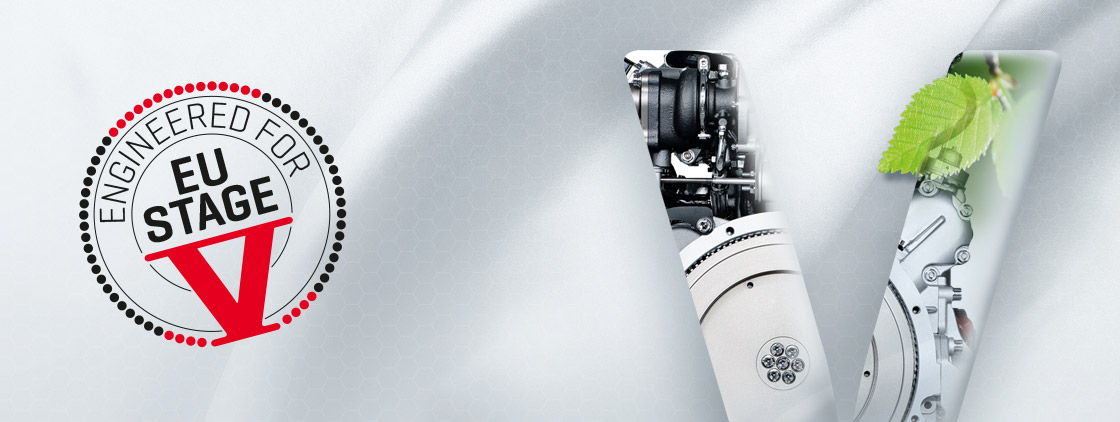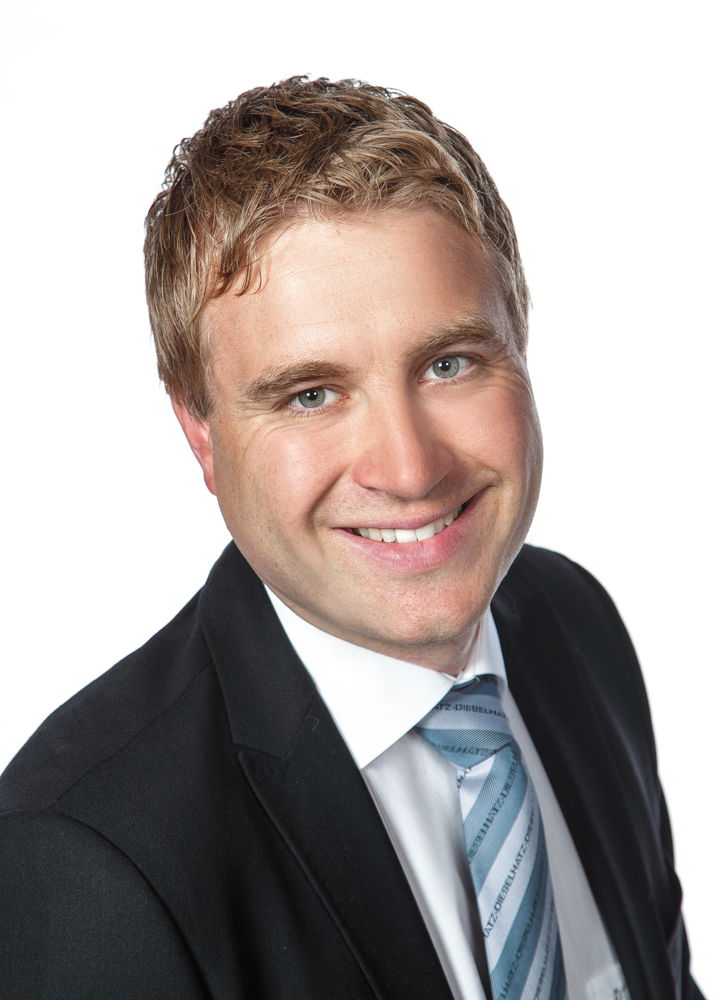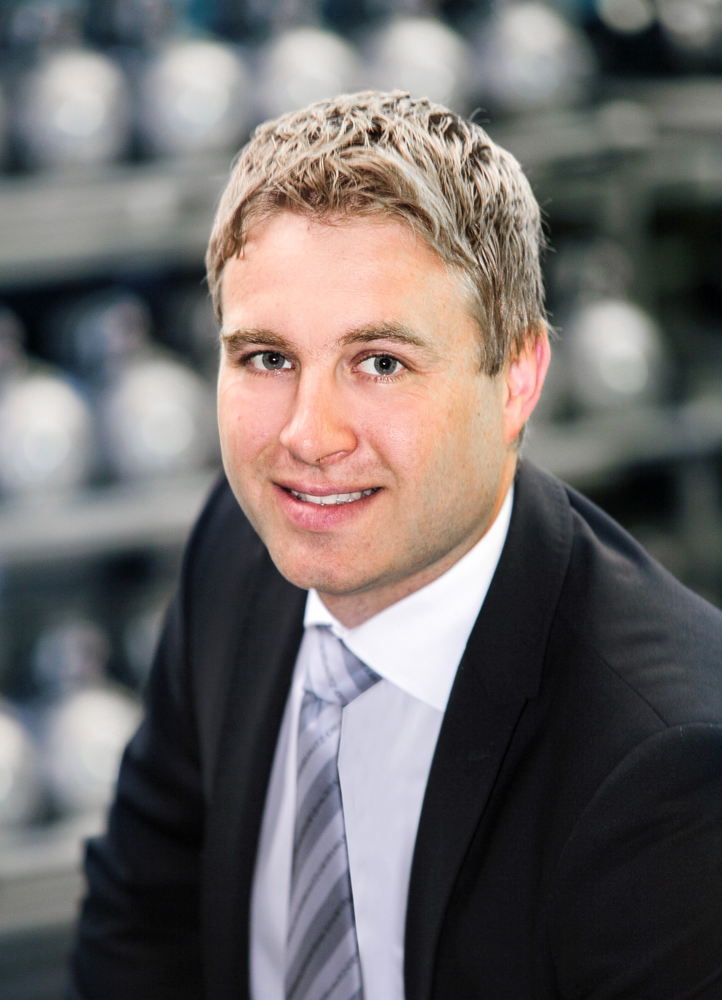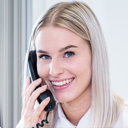EU Stage V (Part 2) – complex transition periods
In the first article of the three-part series on EU Stage V, the categories of engines were described together with the various special regulations. This second part now examines the currently very important transition phase.
20 March 2018

At present, manufacturers of engines and machinery have the possibility of gradually adapting their products to EU Stage V. To this end, the legislator has provided different periods of time for the production and sale of engines and machinery.
Major changes in the legal framework for the production and approval of engines and machines continuously present manufacturers with challenges. The EU Stage V emission standard is no exception – in fact, quite the opposite. Significantly lower emissions from internal combustion engines requires major technical intervention. Some manufacturers have adapted their existing engine concepts as far as possible to meet the new EU standards. Others, such as Hatz, have taken this opportunity to redesign their engines in order to be optimally equipped for Stage V and in the long term. Both the newly designed engines and those that have been retrofitted with complex exhaust gas after-treatment systems have an impact on machine manufacturers. Other mounting points, changed dimensions or the space-consuming components of the exhaust gas after-treatment often require an adaptation of the machine – in some cases, even a completely new design. This particularly affects manufacturers of compact machines who have to cope with very limited space.
The bottom line is clear: EU Stage V requires a high level of commitment from the industry as a whole and a high level of investment. The legislator is aware of this problem and has already included a transition phase in the drafting of the EU Stage V Regulation, which allows manufacturers of engines and machinery a certain period of time for the changeover. However, this construct is complex and riddled with special regulations.
Difference between engine and machine manufacturers
In the first step, EU Stage V distinguishes between engine types and application categories. We described this in the first of our series of articles. In the transition phase, additional differentiation will now also be made between engine and machine manufacturers. The primary goal of the legislator is to phase out the "old" non-EU Stage V engines. Not only is the production of engines considered, but also the production of machines. Firmly defined deadlines have been set for the production stop and sales stop of non-EU Stage V engines. Manufacturers of machines may install the engines in their machines beyond their production stop, but must have sold them by the later sales deadline. Various individual regulations must be observed for EU Stage V.
Multiple time schedules for engines and machines
Since 1st January 2017, manufacturers of engines and machinery have been in the transition phase of EU Stage V and must comply with different deadlines. During this phase, engine manufacturers are allowed to produce so-called 'transition engines' for a further two years. These are engines that do not comply with the EU Stage V emissions level. Production and placement on the market are permitted until the end of 2018, thereafter "rien ne vas plus" – at least within the EU.
(Insert)
In order to avoid grey areas regarding production and placement on the market, the legislator has drawn up precise definitions. For example, the production of an engine is defined as the time at which the engine passes the final test after it has left the assembly line. Placement on the market of an engine or machine is equivalent to the first provision within the EU. An engine or machine is not placed on the market until the individual unit is available for distribution or use within the EU from the manufacturer or importer. This means that the engine or machine must be at least complete and ready to be transported from a factory within the EU or from customs to the EU, and there must also be an offer or agreement to transfer ownership or possession. The unit must then be sold or at least offered for sale.
There is also aa additional rule for transition engines. Its manufacturers may designate certain engine types which are at least close to the Stage V emission standard – e.g. with emission stage IIIB or IV, depending on the performance class – as transition engines. Although these engines may only be produced until 31/12/2018, they may be put into circulation until 31/12/2020. It remains to be seen how many engine manufacturers will pre-produce these transition engines and stock them over a longer period of time.
Machine builders also have a fixed time window for using transition engines. They may manufacture their machines with these engines until the middle of 2020 and place them on the market until 31st December, 2020.
One possible forecast: A higher number of transition engines that are in stock at the machine manufacturer could be produced and sold and will be installed and placed on the market by the cut-off date.
In addition, special rules apply to some categories of engines and machinery. Machine manufacturers in the Non-Road Engines (NRE) category, for example, benefit from fewer than 100 mobile machines with combustion engines per year and the machines in the performance class below 56 and over 130 kilowatts. If these conditions are met, the machinery may be placed on the market until 31st December 2021, which extends the "grace period" by an additional 12 months.
Further special regulations for various engine/machine categories are listed in the FAQ document of the CECE – Committee for European Construction Equipment.
Decisive strategy
For manufacturers of engines, but also of machines, a problem can arise in the case of a strategy that is not perfectly thought out from the transition engines and their use. While some machine manufacturers are currently relying on transition engines that, due to existing technology, can be offered at attractive prices. In the medium term, however, there is no way of getting round the somewhat more expensive EU Stage V engines which have also undergone significant technical developmentand are cleaner. The engine manufacturer Hatz, for example, combines the technology for transition and EU stage V engines with its new H series. This combination allows machine manufacturers to take advantage of the transition phase and to be already prepared for EU Stage V today. This can significantly mitigate a hastily forced redesign of machines at the end of the transition phase and ensure continuous sales, even after the end of 2020.
Author: Bernhard Richter-Schützeneder, Head of Sales and Marketing, Motorenfabrik Hatz






